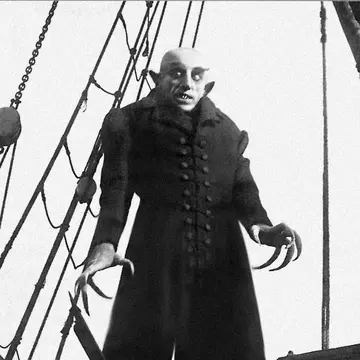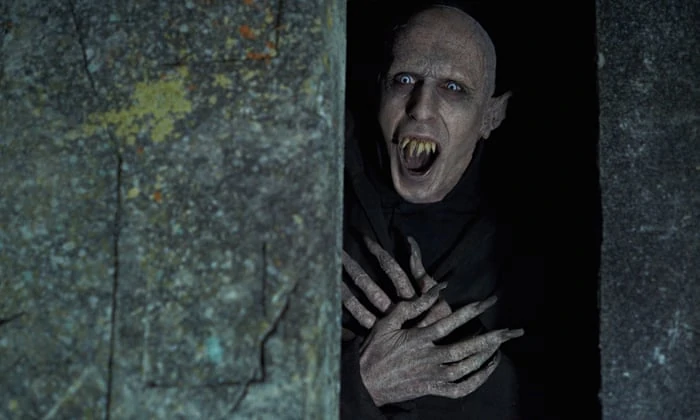Get in the Halloween spirit early with the Saskatoon Symphony Orchestra as they provide live music for a classic silent horror film
Beginning on Oct. 20, the Saskatoon Symphony Orchestra (SSO) will be touring cities across Saskatchewan performing live music for screenings of 1922 silent black-and-white horror classic Nosferatu: A Symphony of Horrors in celebration of its 100th anniversary.

Set in 1838 and taking place in the fictional German town of Wisborg, Nosferatu follows the story of Thomas Hutter, a real estate agent, and his wife, Ellen, as they experience encounters with the supernatural and the horrors that follow after Thomas meets with a mysterious, chill-inducing client, Count Orlok.
The film—produced as an unauthorised and unofficial adaptation of Bram Stoker’s Dracula—has, across the century since its release, become revered as an influential horror classic by critics and fans alike due to its masterful visuals and unique musical history.
The original musical score, which accompanied the silent film, was performed live by an orchestra during its Berlin premiere in 1922. However, due to the film’s status as an unauthorised adaptation, subsequent reissues of the film were ordered by German courts to be destroyed. While copies of the movie survived, most of the original score was lost. This resulted in a tradition of musicians and composers creating their own soundtracks to accompany the film.
The SSO is carrying on this decades-long practice with their own rendition of the film’s expressive, hair-raising music under the instruction of SSO conductor and trombonist Brian Unverricht.
“The tone of the strings is rough and haunting, almost a screeching sound. It’s really spooky,” said Unverricht in an interview with CTV News Saskatoon.
Aside from its musical history, Nosferatu is renowned for both its innovative techniques, new to the cinematic arts at the time it was made, and the startling visuals it created as a result. It utilised previously uncommon in-camera effects using undeveloped negatives to create an appearance of Count Orlok’s stagecoach driving through an eerie white forest. Similar techniques were also used to create harsh, contrasting lighting effects which are now commonplace in horror cinema.

Nosferatu— alongside Bram Stoker’s Dracula—inspired a whole vampire genre that we can still see in modern media. The early depictions of vampires fell into two categories: hideous creatures associated with rats with claw-like hands that died when exposed to sunlight, which originated from Nosferatu, and suave and conventionally attractive supernatural beings that originated from Dracula. The latter dominated the vampire genre for decades, but the more revolting version has become more popular again recently, beginning with Warner Herzog’s 1979 remake of Nosferatu and Tobe Hooper’s Salem’s Lot (1979). Since then we have seen reflections of Count Orlok in more recent media like Reaper in Blade II (2002), Pale Man in Pan’s Labyrinth, as well as Petyr in What We Do In the Shadows (2014) among several more.

Audiences can expect a thrilling orchestral performance that will build suspense and manipulate their emotions as sounds swell from powerful, fast and energetic to gentle, slow and melancholic. All of this musical extravagance is sure to add to the eeriness and drama of the film’s plot and visuals.
The SSO will be performing in Lloydminster, North Battleford, Melfort and Saskatoon. This upcoming Saturday, Oct. 22, the SSO will be in Saskatoon performing during both the 2:00 pm and 7:30 pm screenings of Nosferatu at the Roxy Theatre on 320 20th St W. Tickets to all of the shows are available through the SSO website.
Don’t miss this one-of-a-kind symphony of horror with Nosferatu and the SSO.